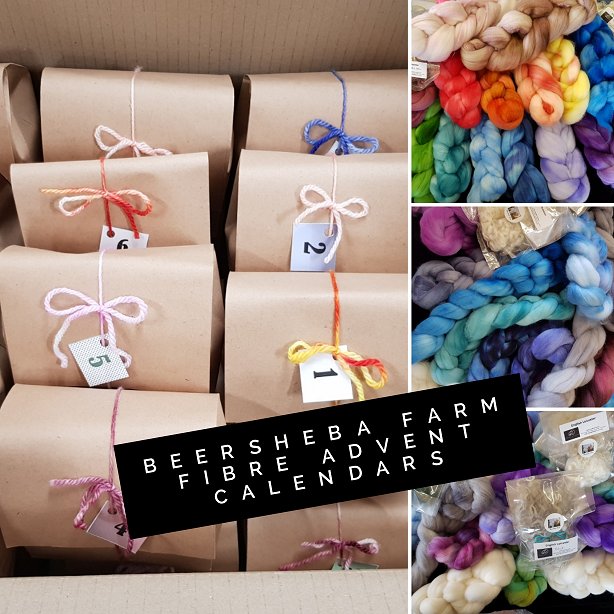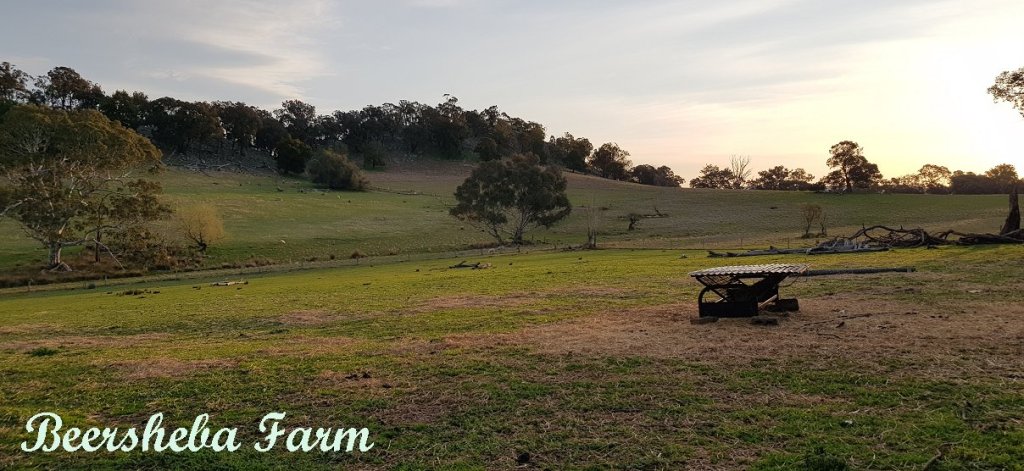LambMetrics is our lambing blog which tells some of the tales of farm life at lambing time.
Also contains pretty lamb pictures – and maybe a few confronting ones too.
Today started with a bit of a bang.
(In order of occurrence:)
- Pull set of Castledale twins
- Attempt to fix a vaginal prolapse in a ewe
- Rescue lamb from A Place It Shouldn’t Be
- Rescue another lamb from another Place It Shouldn’t Be
- Milk a ewe
- Feed pet lambs and a few extra
- Shift some ewes and lambs into a fresh paddock (**CHAOS!**)
And then it was 9am.
Of course there were opportunities to smile…. like when confronted with this feisty Drysdale lad who has the Milk Bar all worked out now. 🙂

The bonus of the day (wet as it was) was being able to get some non-farm work done.
And then it was time to organise the lunchtime feed, fix the prolapse (again), sort out the odd lamb that had been mixed up when the ewes and lambs got moved, watch a set of twins be born, watch the last (?) black English Leicester ewe birth a black lamb and cuddle a fluffy lamb.

As of this evening the prolapse appears to be under control (fingers crossed) and another set of twins had just been born.
No doubt it will be a case of “Rinse and Repeat” tomorrow!
Shop Talk:
PS. Don’t forget that our Fibre Advent Calendar Range Pre-Order ends tomorrow! 🙂



























